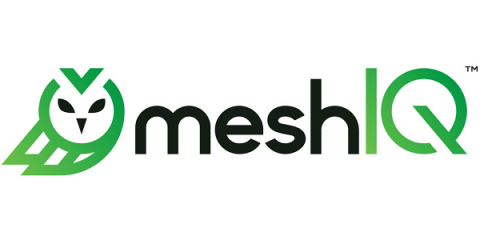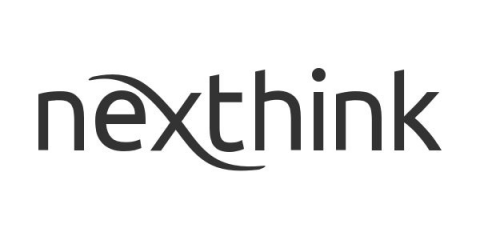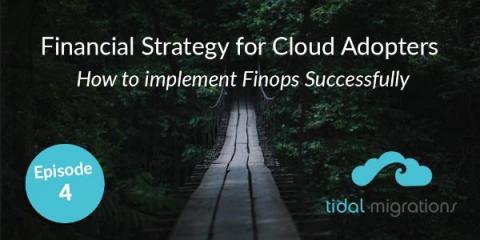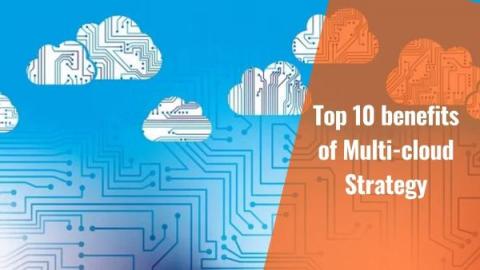Operations | Monitoring | ITSM | DevOps | Cloud
Latest News
Google Cloud Monitoring 101: Understanding metric types
Whether you are moving your applications to the cloud or modernizing them using Kubernetes, observing cloud-based workloads is more challenging than observing traditional deployments. When monitoring on-prem monoliths, operations teams had full visibility over the entire stack and full control over how/what telemetry data is collected (from infrastructure to platform to application data).
Top 6 Use Case Examples Driving Automation Adoption
All too often, the Kelverion team hear that businesses are trying to deliver more services with less resource, all whilst meeting tight Service Level Agreements. There are many automation use cases to relieve this pressure, and this article explores the six use case examples driving automation adoption within service management.
3 ways cloud services engineers drive innovation at ServiceNow
The Seattle-based cloud services engineering team at ServiceNow has cultivated a culture of creativity, risk-taking, and problem-solving—despite the weight of their work being deployed at a global scale across some of the most complex regulated markets.
What You Should Know About Cloud Solutions For Real-Time Analytics
Experts from all industries admit the need to use and analyze data, especially generated in real-time. Therefore, business decision-makers need to know how these processes occur, under whose control they are and how to optimize them. But what technologies can help companies better cope with masses of data?
Open Source Terraform Module: CloudTrail Logs from S3 to Kinesis Data Streams
We are happy to provide an open-source Terraform module enabling automatic delivery of CloudTrail logs from S3 to a Kinesis Data Stream.
Asia Pacific Firms Need Analytics to Survive the Cloud Era
Many companies in Asia Pacific (APAC) were caught in a digital tailspin when Covid-19 hit, sacrificing security practices in their hurry to adjust to the new reality of remote work. Two years on, hybrid work is still the norm as the pandemic continues and seems to be a new way of life moving forward. Catalyzed by the coronavirus, firms big and small are now adopting cloud technologies as we tread deeper into a new data age.
IoT set to overtake cloud computing as primary Industry 4.0 technology
New research by Inmarsat, the world leader in global mobile satellite communications, reveals that investment in the Internet of Things (IoT) is set to overtake cloud computing, next generation security, big data analytics and other digital transformation technologies in the near future. Respondents drawn from multiple industries reported plans to invest the greatest proportion of their IT budget on IoT projects over the next three years.
How to Implement FinOps Successfully - Episode 4
This is the fourth (and second-last) part of our FinOps series - Optimize. Here is a list of posts in the series: Note: I am ex-AWS, so you will notice a lot more focus on AWS tools and services as examples here, however all cloud providers have similar services and tools.
Top 10 Benefits of Multi-cloud Strategy
To enjoy the cost and efficiency advantages of multi-cloud services while also protecting data, avoiding vendor lock-in, and setting the foundation for a smooth future development trajectory, businesses are quickly expanding their business models towards multi-cloud technologies. In this blog let’s explore the top ten benefits of multi-cloud strategy and know why you should have a multi-cloud strategy










